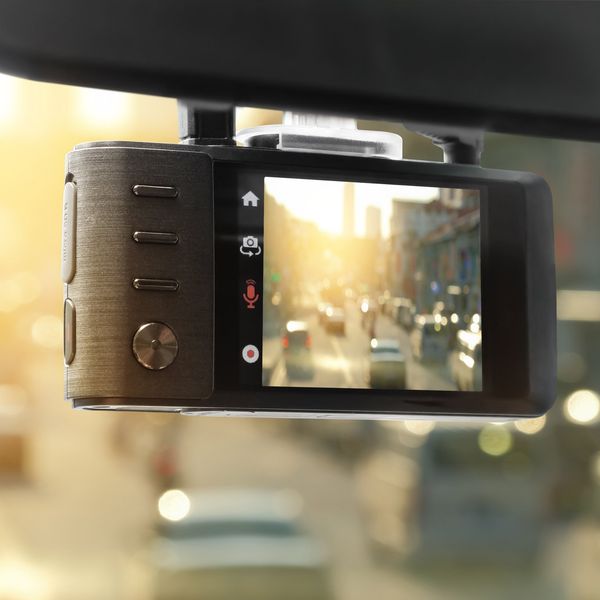Get the Most Out of Dash Camera Technology

Forward- and inward-facing cameras are proactive tools for improving driver behavior and reducing liability. New camera technology is helping fleets capture more insights and gain operational improvements, but only if it’s used effectively. Here are some strategies fleets can use to help maximize the value of onboard cameras:
Choose the Right Technology
Not all camera technology is created equally, and fleets should consider the system features, video quality, cost, connectivity and data access, and vendor support when selecting solutions. Fleets also must decide if they’re going to use forward-facing cameras that capture the road only or add driver-facing cameras that face inward.
Invest in Solutions With AI Integration
More and more camera solutions are using AI-powered features that analyze footage in real time. The cameras can detect potential hazards, identify distracted driving behaviors and flag safety issues instantly, allowing drivers and their managers to address issues immediately. Some systems can also identify situational risks, such as weather and road conditions, and issue alerts based on the safe speed for the current operating environment.
Leverage Video for Proactive Driver Coaching
One of the most valuable benefits of camera technology is the ability to improve driver behavior through coaching, so fleets using it need to take time to review the data. Regular proactive reviews of footage can reveal underlying issues before they escalate, and fleet managers can use video footage to provide drivers with specific feedback. Some systems also integrate in-cab alerts, which can have an immediate impact, such as instructing drivers to put down their cell phones.
Utilize Footage To Mitigate Risk and Cut Costs
Fleet managers can use camera insights to foster a culture of safety by recognizing and rewarding drivers who demonstrate exemplary safety practices. Camera footage can also be instrumental in exonerating drivers after an incident and defending drivers against false claims. High-quality footage with a clear, timestamped view of events can serve as critical evidence in legal and insurance matters.
Share Data With Insurance Providers
The insurance industry is under pressure from increasing costs related to losses as well as litigation, and insurance companies are trying to access as much data as possible when working with fleets. Camera data can help insurers assess fleet risks more accurately, leading to better insurance rates for fleets with a strong safety record.
Regularly Maintain Camera Equipment
Camera systems are only reliable if they’re working correctly. Over time, lenses can become obstructed, or software may need to be updated. Regularly maintaining camera equipment ensures it is in good condition and can capture clear footage.
Stay Informed on Evolving Camera Tech Trends
Camera technology is advancing rapidly, and providers are regularly rolling out new features and functionalities. Staying current on the latest developments ensures fleets are using the right solutions for their operations and maximizing the return on their investment.
Penske Truck Leasing can work with customers to assess their current technology, determine which safety technologies will help them accomplish their goals, and find the right solutions for their operations.
